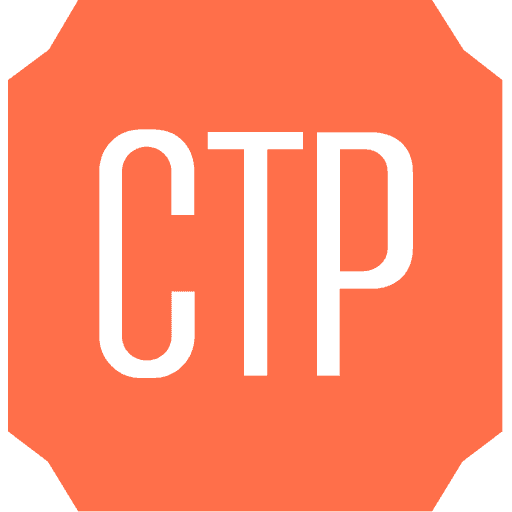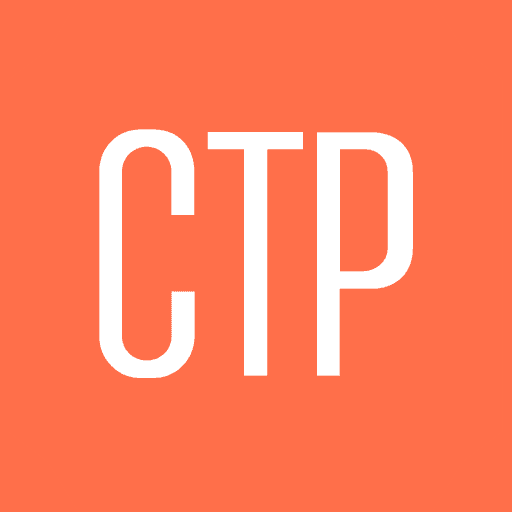Soothsaying the sweeping ramifications of the Affordable Care Act (Obamacare) is a dubious task. The only sure thing is that we will all feel the wave caused by the Congressional Budget Office estimate of 30+ million people simultaneously signing up for a service we all use. For instance, if 30 million people who didn’t buy coffee started suddenly coming into Starbucks, their demographic and psychographic weight would be felt. Every new group of consumers adds a particular spin onto a category. So what do we know about this group? And what will this mean to healthcare marketers?
First, we know who won’t be signing up. The poor, for starters. Even in states without expanded Medicaid coverage, families making less than the Federal Poverty Limit ($23,550 in 2013) qualify for Medicaid. They will not be using the exchanges. Secondly, the elderly will not be signing up for Obamacare. Americans over 65 are automatically covered by Medicare.
And it goes without saying that the young won’t be signing up, as they are still on their parents’ plans, thanks to provisions in the new law.
So who are the folks likely to flow into the system? We will likely see a massive group of early middle-aged (the average ACA signup age is 35), middle income, independent contractors, small businesspeople and temporary employees who have been unable to qualify for coverage from employers.
Because we love naming groups (Yuppies, DINKS, Soccer Moms, NASCAR Dads, etc.) let’s call them: Frugal Independents or “Findies.” Those folks who have been making their way in the uncertain economy, keeping above water but battling like ninjas to stay there. Findies make between $30K-$88K, many have kids at home or in college and are extremely time-pressured. Life ain’t easy as a Findie, and most of us are delighted to move past it.
But Findies are tough consumers. By necessity they demand high quality and low prices. They built empires like Target, Groupon, Overstock.com and review sites like Yelp and Urban Spoon. They are technology empowered and will switch brands or adopt new services to get what they want/need.
Which leads us to the biggest question about the ACA: Will Findies’ entrance to the marketplace force higher quality healthcare for all at lower cost? If so, how do healthcare providers create brand differentiation?
Our work with MedExpress, one of the transformational models of modern healthcare delivery, tells us that what we dub “Express Care” (often called Urgent Care, an overly-limiting definition given the increasing breadth of the services offered) will lead the way. Express Care centers are those outlets offering treatment for minor emergencies and increasingly routine medial care (like flu shots) to consumers as they walk-in. This model is popping up all over the place, in shopping centers and major retailers and even in large corporate facilities as a means to help manage employee health costs.
While every other aspect of our medical system can feel like license renewal at the DMV, the vibe here is more akin to Panera Bread: quick, courteous, inviting and cost-effective.
Is your 2 year old screaming bloody murder at 6pm? Traditional physicians’ offices will send you to the ER where customer service is, appropriately, tuned more toward a mass-casualty event than a toddler with an earache. Express Care represents a disruption in the delivery model of: “We control the resource, we’ll hand it out as we please.”
In addition to dealing with minor fractures and flu, many Express Care facilities are now offering screenings and tests, sports and camp physicals and other routine health needs your PCP would usually handle.
For the busy, service-savvy Findie, going this route is a no-brainer. Now that they are insured and have more choices than ever, look for them to make this the go-to model for their care and for the entire routine health care system to respond.
So, what are the implications for those marketing health services to the public, traditional or otherwise?
- Embrace technology. The flawed ACA rollout notwithstanding, it’s important to remember that new enrollees will have grown up with computers as a standard part of life. Many have even defaulted to mobile devices as their primary link to vital information and services. This should translate into huge savings for this new crop of patients along with payers and providers. Think e-scheduling and telemedicine. But increased consumer expectations will demand a different kind of responsiveness than most of the medical system is used to delivering, online and off. User interfaces will have to be both high quality and multi-platform.
- Service with a smile. Providers with innovations to make the minor and routine medical experience more patient-friendly and efficient will see eager customers in Findies. Express Care outlets (or the traditional outlets looking to compete with them) who take cues from customer service leaders like Zappos stand to benefit in ways that likely would not have been visible in the recent past.
- Reviews will matter. Just as no one under a certain age goes to a new restaurant without checking Yelp or Urban Spoon, no one will go to a medical outlet without first checking its reviews. Expect medical providers to start managing their brands, especially in the social sphere.
- We will see more blending of retail and medical services. Wal Mart is already poised to become the nation’s leading primary care provider. Look for more mixing and matching of retail and healthcare as the market opens up to new opportunity.
So welcome, Findies! Let’s hope that this flood of demanding consumers benefits us all by pushing medical care toward a more customer-focused experience. Oh, and a free tip from someone who has spent more than his fair share of time with a crying child waiting to be seen by a medical professional at odd hours: iPad charging station in the waiting room. Just sayin’.




